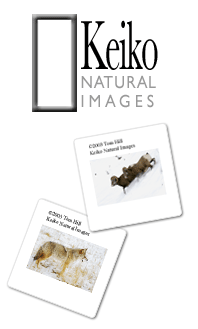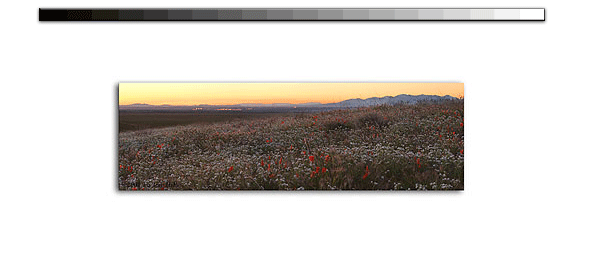|
I already mentioned the great attraction of this kind of carriage system is comfort. I also alluded to extremely easy equipment accessibility. You can see in Figure 3, all the pouches are quite accessible. While I've added a small shoulder strap to make doning and doffing the belt easier, you don't need it. In fact, without the shoulder strap, you can rotate the belt around your waist so most of the equipment is to your front with the belt buckle to the rear thus making your equipment even more readily available.
What's this mean to you and how you might feel out in the field? I've been on lengthy 5 to 10 mile hikes with little or no fatigue. I can't say the same after being out with my backpack. The key here is placing as much weight as possible on your hips instead of your shoulders. This simple technique does wonders towards reducing fatigue. Even if you aren't on a long hike, I never have to worry about placing my expensive gear on the ground and risk dust, dirt, or creepy crawlers. I've been out for 8 to 12 hours shooting without really worring about anything. All my stuff is right there, ready to use. In fact, my feet are the first to call "uncle", well before my back or shoulders. If you haven't guessed, I'm sold on belt systems like Kinesis.
|
|
|




